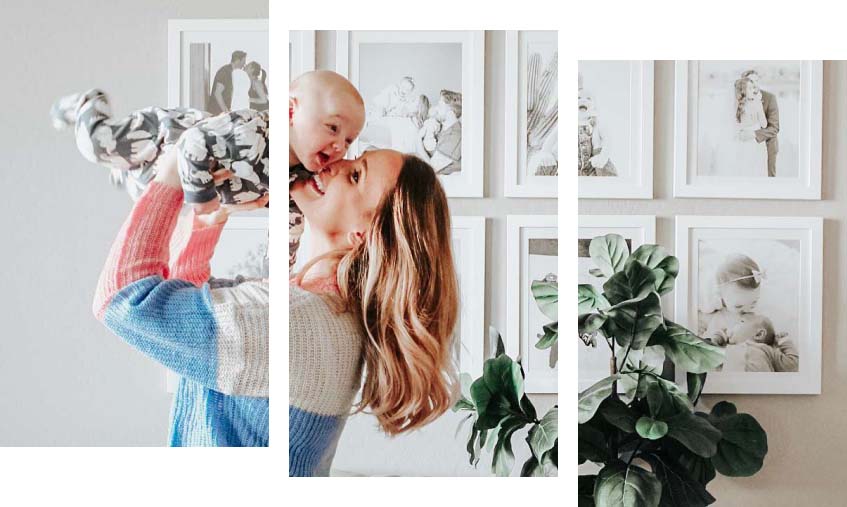If you’re part of the art scene, you may be familiar with Giclée paper. It sounds fancy because it is fancy! But for our everyday or casual art lover, Giclée paper may not be as well known. Fear not! With this guide to all things Giclée, you’ll be up to speed in no time.
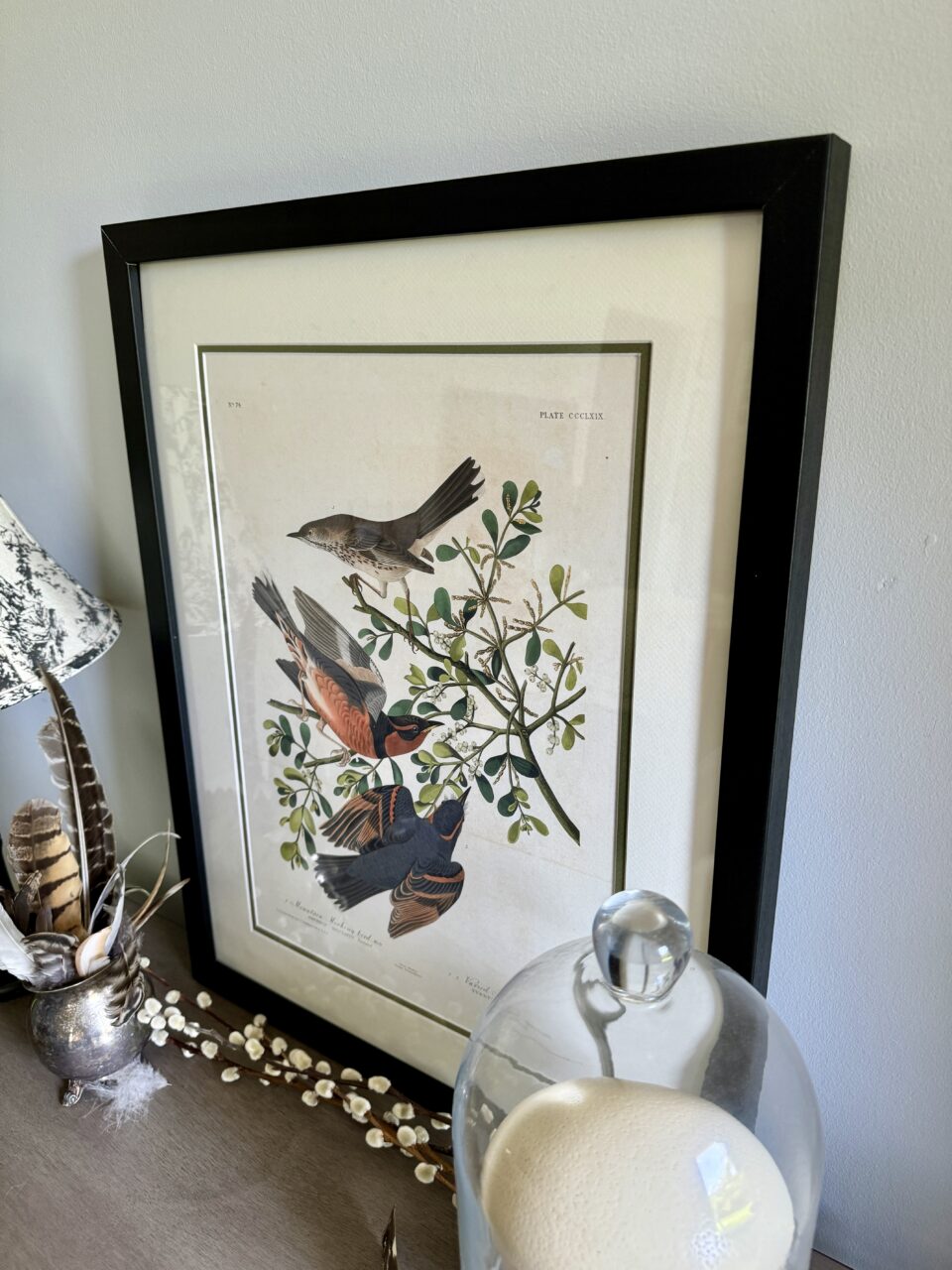
What is Giclée Paper?
Giclée paper is a special type of paper used for high-quality art and photo prints, offering a professional touch to any artwork. Known for its exceptional detail and color accuracy, giclée paper is often used by artists and photographers to produce vibrant, long-lasting prints. It’s made to be archival, meaning your prints will stand the test of time without fading or yellowing. Whether you’re printing a beautiful landscape photo or a stunning piece of digital art, giclée paper ensures that every detail is captured with precision and clarity, making it a favorite choice for those looking to create gallery-worthy prints.
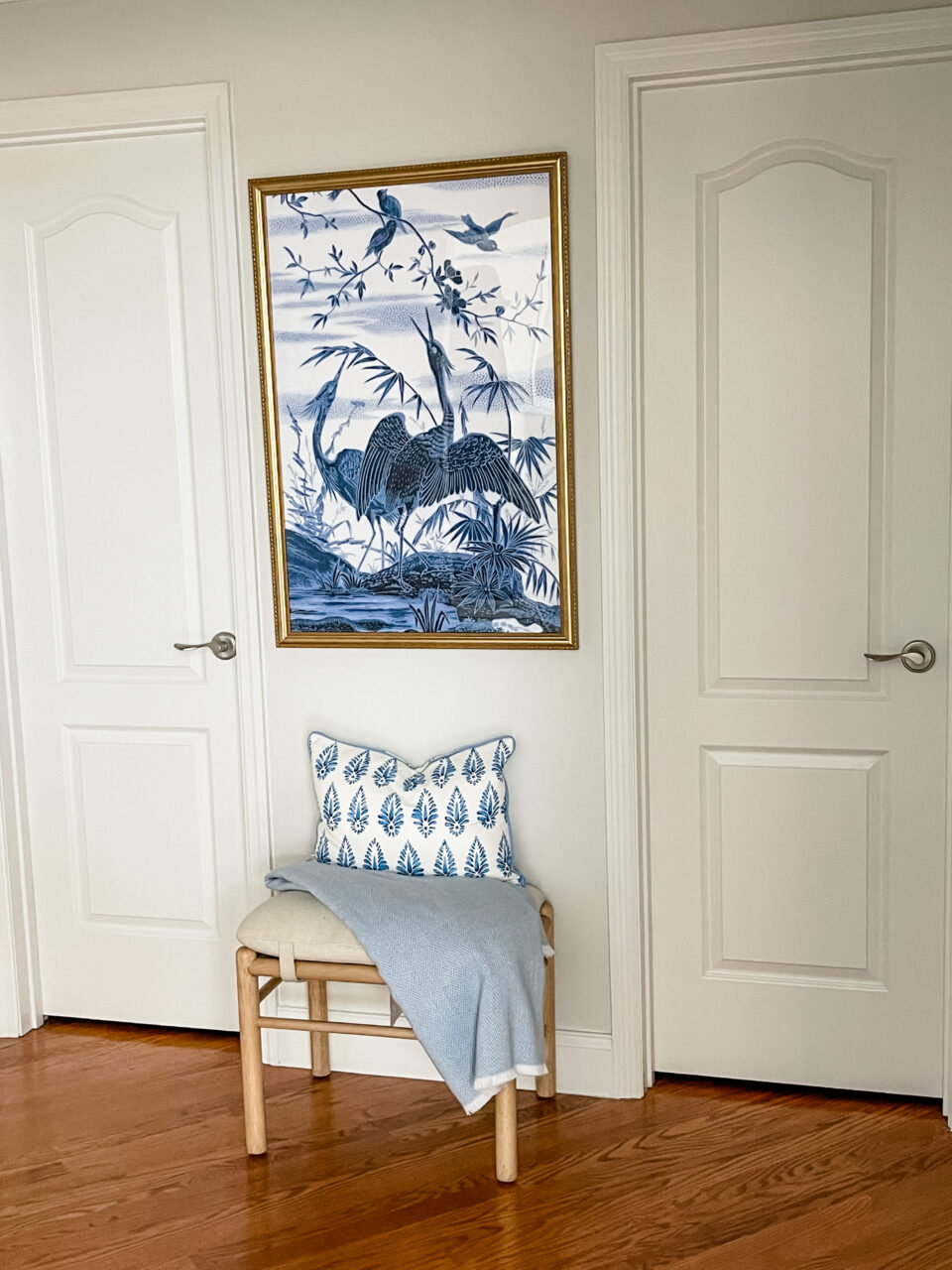
What Is a Giclée Print?
A print using this gorgeous art paper is a high-quality, archival-grade reproduction of an artwork or photograph, made using an inkjet printer. The term “Giclée” (pronounced “zhee-clay”) comes from the French word for “spray,” which refers to the way the ink is applied to the paper or canvas. These prints are known for their exceptional color accuracy, detail, and longevity, often rivaling the quality of original works. Giclée prints are typically produced on fine art paper or canvas, using pigment-based inks that resist fading, ensuring that the prints can last for decades without losing their vibrancy. This makes them a popular choice for artists, photographers, and collectors who want to reproduce their works with the highest possible integrity and durability.

Giclée Paper vs. Traditional Printing Paper
When it comes to printing, Giclée stands out from traditional printing paper in a few ways. It is known for its superior quality, offering vibrant colors and incredible detail that traditional printing paper can’t quite match. It’s also more durable, with archival properties that help prints last for decades without fading or yellowing. While traditional printing paper is great for everyday uses, Giclée is the go-to for artists and photographers who want their work to look stunning and stand the test of time. Whether you’re showcasing fine art or cherished photos, Giclée ensures a professional, long-lasting product.

Environmental Impact of Giclée Paper
Giclee paper is an eco-friendly choice for printing, made from renewable resources like cotton or bamboo. These natural fibers are often sourced sustainably, ensuring minimal environmental impact. The water-based inks used in Giclée printing are free from harmful solvents, making the process safer for the environment. Plus, many Giclée paper manufacturers use recycled materials and energy-efficient production methods. Choosing Giclée means you’re getting high-quality prints while supporting sustainable practices and reducing your environmental footprint.

The Role of Giclée Paper And The Art World
Fine Art
Giclée paper is a favorite among fine artists for creating high-quality, archival-grade prints of their original works. Known for its superior texture and finish, Giclée captures the depth, detail, and vibrant colors of fine art pieces. The advanced inkjet technology used in Giclée printing ensures that every nuance of the artist’s work is preserved, from subtle color gradients to intricate brush strokes. Additionally, the archival quality means that these prints can last for decades without fading or yellowing, making them ideal for collectors and galleries. Whether used for limited edition prints or reproductions of beloved artworks, this paper elevates fine art to a level that both artists and appreciators can appreciate.
Digital Art
Combining digital art with Giclée creates stunning, high-quality prints that emphasize the vibrant colors and intricate details of the original digital work. Digital artists benefit from using Giclée paper due to its archival qualities. This option allows digital creations to be displayed with the same depth and richness as traditional media, making Giclée prints a popular choice for both artists and collectors. Whether it’s for gallery exhibitions or personal collections, printing digital art on Giclée paper elevates the presentation and preserves the integrity of the artwork.
Photography
Using Giclée paper for printing photographs offers many benefits that elevate the final product’s quality and presentation. One of the standout advantages is its ability to enhance detail, capturing every fine element of a photograph with remarkable clarity. For photographers, this level of detail is crucial, as it will reflect the true essence of their work. Additionally, giclée paper excels in color richness, producing vibrant and accurate hues that bring photos to life. The depth and saturation achieved with giclée paper ensure that the final print is visually striking and true to the original image. Giclée paper provides a professional finish, giving photographs a gallery-quality look that impresses viewers and ensures that your work is displayed at its best.
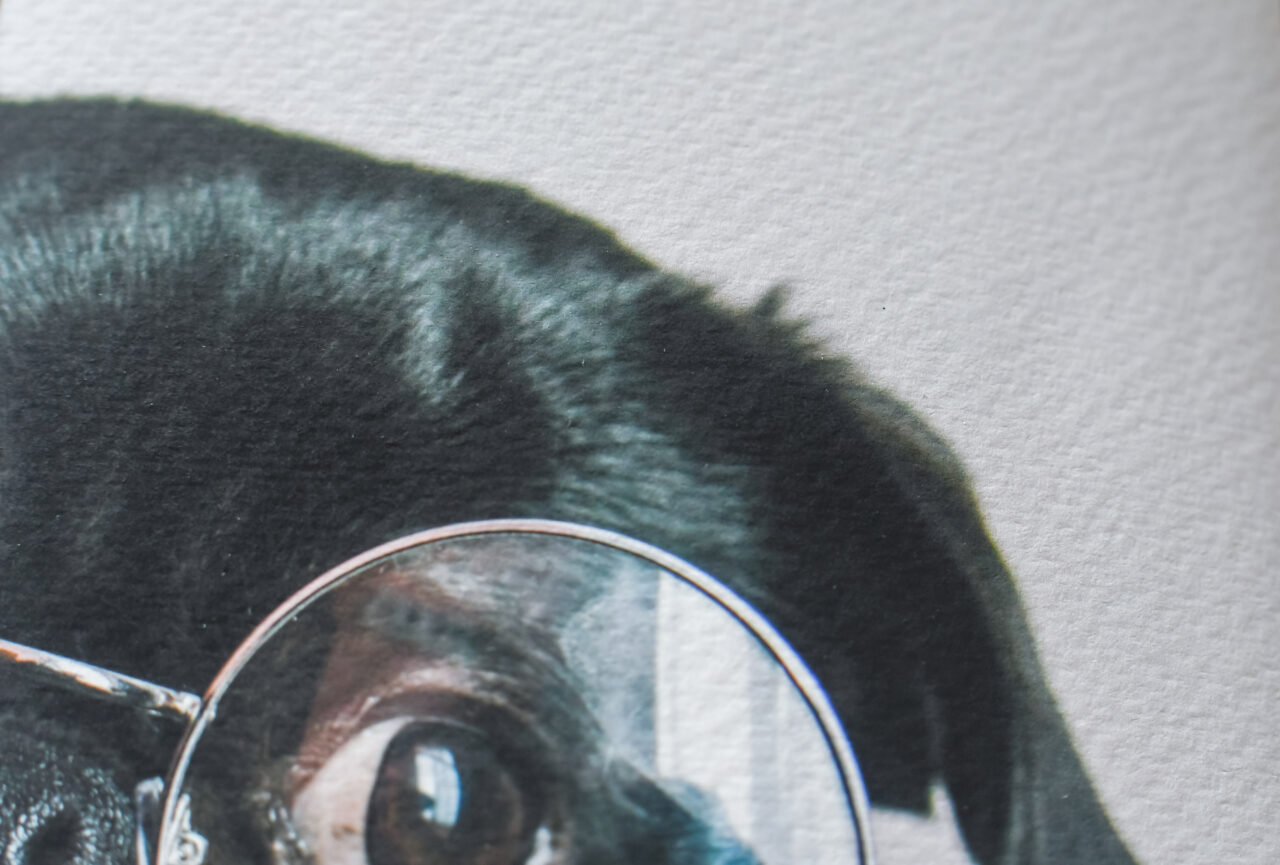
Caring and Preservation
Giclée prints are renowned for their exceptional quality and longevity, but to ensure they remain vibrant and intact for a lifetime, proper care and preservation are essential. Here are some tips and best practices to help you maintain your Giclée prints:
- Handle with Care:
- Always handle with clean, dry hands or wear cotton gloves to avoid transferring oils and dirt to the paper.
- Avoid touching the surface of the print to prevent smudges and damage.
- Framing:
- Frame your Giclée prints using acid-free, archival-quality materials. (Like ours!) This includes matting and backing boards that are specifically designed to prevent deterioration over time.
- Use UV-protective glass or acrylic in the frame to shield the print from harmful ultraviolet rays that can cause fading. (Check out our Conservation Clear acrylic offering, with 99% UV protection!)
- Display Conditions:
- Keep prints away from high-humidity areas, such as bathrooms and kitchens, to prevent moisture damage. Ideal humidity levels are between 40-50%.
- Maintain a stable temperature in the display area, ideally between 65-75°F (18-24°C), to prevent thermal stress on the paper.
- Storage:
- If you need to store Giclée prints, keep them in a cool, dry, and dark environment. Use archival-quality storage materials such as acid-free boxes or portfolio cases.
- Store prints flat to avoid creases and damage.
- Environmental Protection:
- Consider using dehumidifiers or air purifiers in the display or storage area to maintain optimal conditions and protect against pollutants and mold growth.
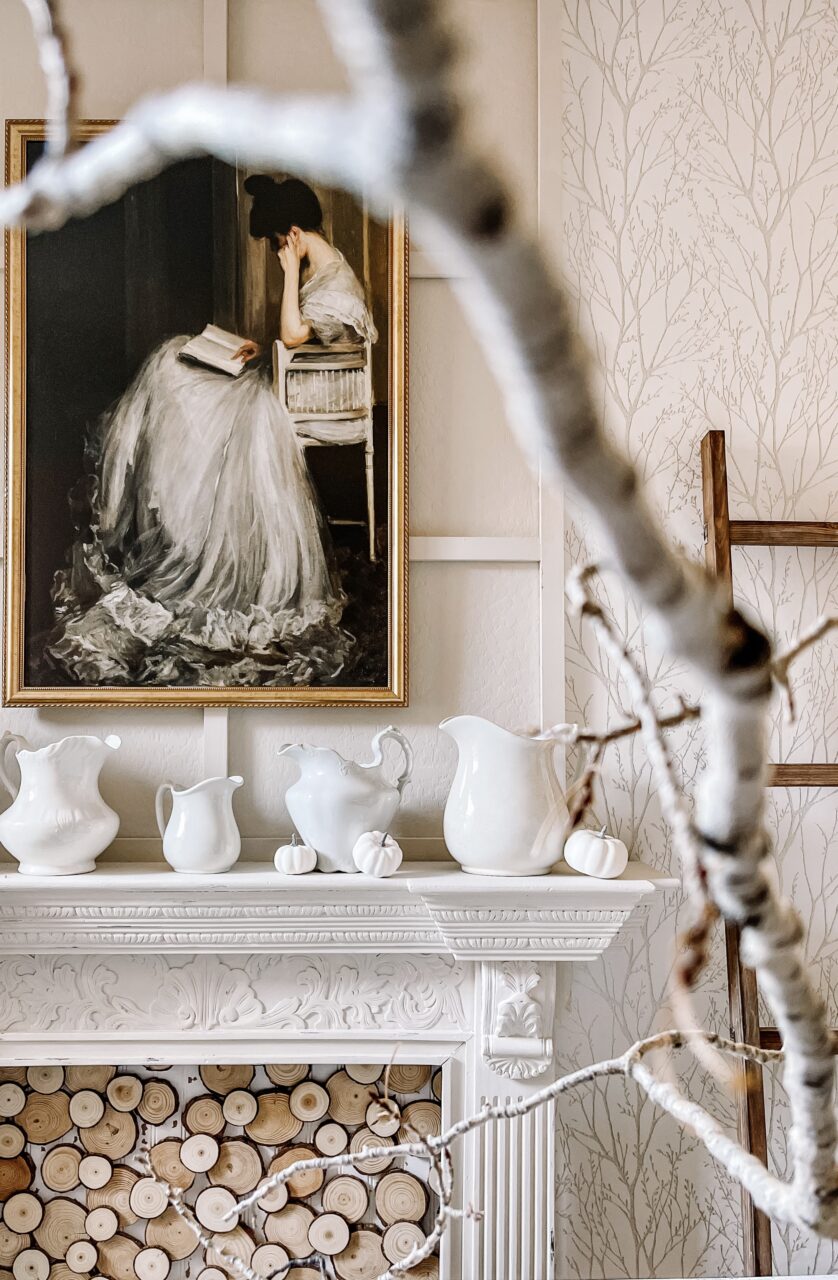
What We Offer
Our Giclée paper is a cotton, heavyweight fine art paper that is fully matte and has a slight texture to it. There are no optical brighteners and they are both acid-free and lignin-free. It has a gentle warmth and a semi-smooth texture that enhances the intricacy and richness of giclée prints. Great for fine art reproductions that are of conservation and museum quality. A museum curator would 100% be comfortable putting this paper on display! The recommended DPI is 300+ and its perfect matting match is White Sail.
What Paper Is Best For My Project?
All papers are a great choice, but how do you choose which is best for your frame While it ultimately comes down to personal preference, as a very basic rule you’ll generally want to choose:
- Photo Paper is usually the choice if you have a photograph
- Art Paper if you have a digital art reproduction (painting, illustration, etc.)
- Giclée Paper is best for fine art reproductions that are of conservation and museum quality
Note: A giclée print is not technically giclée unless it is 300DPI or higher. If an image is uploaded with at least 300DPI, combined with our printing process, this paper creates a result that meets high-quality giclée printing standards.
The main visual differences between the three paper types are our Giclée and Art Paper are completely matte whereas Photo Paper has a sheen to it. Additionally, our Art Paper and Giclée Paper have a very subtle warmth to their base natural white coloring, meaning your print will overall take on a warmer tone. The warmth is subtle but still worth noting.

Final Thoughts
That’s a lot to take in. With Giclée as a paper option, you can further expand your art business, your offerings, and therefore, your revenue! Who doesn’t love more revenue? Be sure to check out our Artist and Reseller information, so you can get on board and partner with Frame It Easy. We are here to help scale your business and make things easy. Happy Framing!

